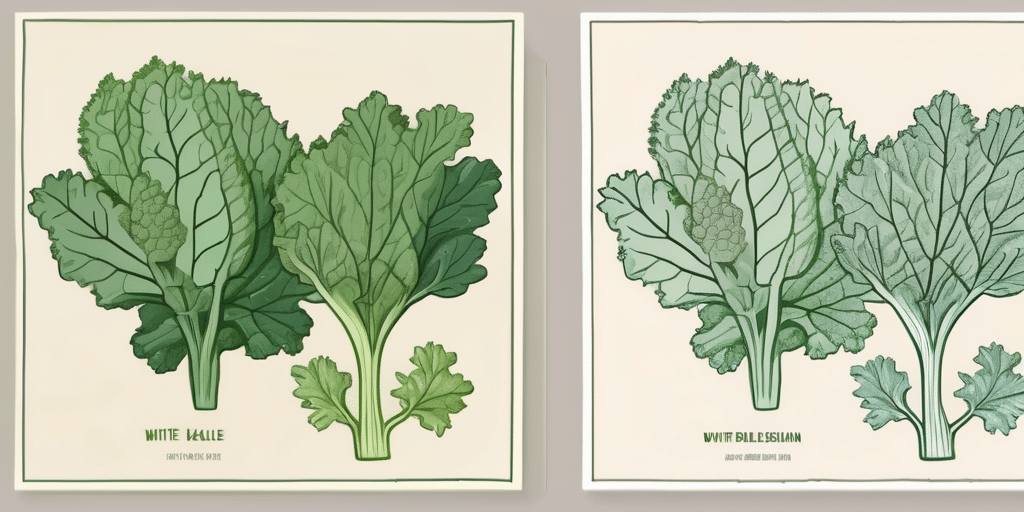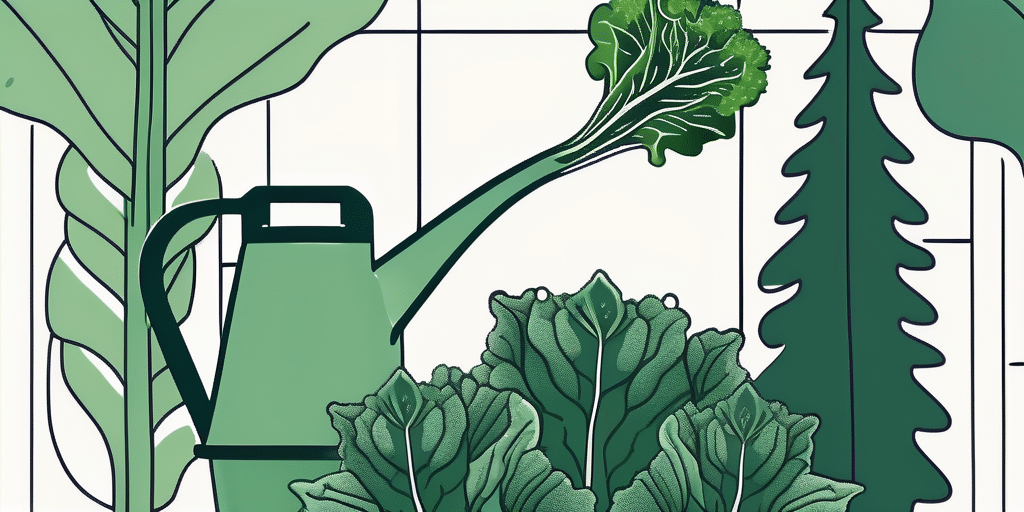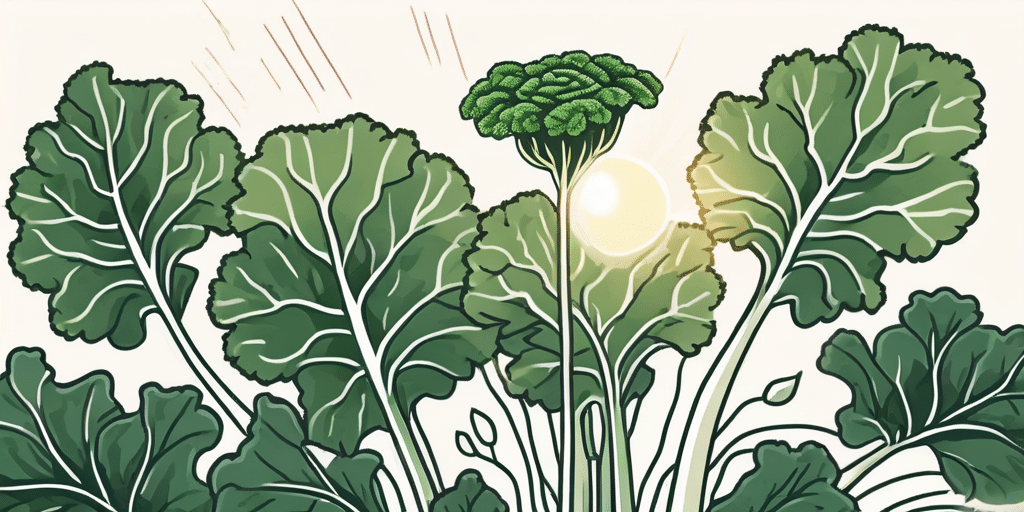Kale is a nutritious and delicious leafy green vegetable that is becoming increasingly popular among home gardeners in Alabama. Among the many varieties of kale, Winterbor Kale stands out for its hardiness and ability to thrive in Alabama’s climate. In this article, we will explore when to plant Winterbor Kale in Alabama and how to grow it successfully. So, grab your gardening gloves and let’s get started!Alabama’s humid subtropical climate is characterized by long, hot summers and short, mild winters. The state experiences high humidity levels throughout the year, making it ideal for a variety of crops, including Winterbor Kale. In addition to the climate, Alabama’s diverse geography also plays a role in determining the suitability of certain plants for cultivation. From the rolling hills of the Appalachian Mountains in the north to the flat coastal plains in the south, Alabama offers a range of microclimates that can influence plant growth.In USDA hardiness zones 7 and 8, gardeners in Alabama have the opportunity to cultivate a wide array of fruits, vegetables, and ornamental plants. These zones indicate the average minimum winter temperatures in a given region, helping gardeners select plants that are well-suited to the local climate. With the right care and attention, Winterbor Kale can not only survive but thrive in Alabama’s temperate climate, providing a nutritious and flavorful addition to any home garden.
When to Plant Winterbor Kale in Alabama
Timing is crucial when it comes to planting Winterbor Kale in Alabama. It’s a cool-season crop that thrives best when planted in early spring or fall. The ideal time to plant Winterbor Kale in Alabama is in late February or early March for spring crops and late August or early September for fall crops. Planting in these time frames allows the kale to establish strong roots and develop robust foliage before the extremes of summer and winter.
But why is timing so important? Let’s delve into the details. When you plant Winterbor Kale in late February or early March for spring crops, you’re taking advantage of the cooler temperatures and milder weather. This allows the kale to grow steadily without the stress of scorching heat or freezing cold. By the time summer arrives, your kale plants will be well-established and able to withstand the heat, ensuring a bountiful harvest.
Spring Planting:
When planting Winterbor Kale in the spring, follow these steps:
- Choose a sunny location in your garden. Winterbor Kale prefers full sun to partial shade.
- Prepare the soil by loosening it with a garden fork or tiller. Ensure that the soil is well-drained and rich in organic matter.
- Plant your Winterbor Kale seeds at a depth of about 1/4 inch. Space the seeds 12 to 18 inches apart in rows that are 18 to 24 inches apart.
- Water the seeds gently but thoroughly, ensuring that the soil remains moist throughout the germination process.
- Once the kale seedlings reach a height of 2 to 3 inches, thin them to a spacing of 12 to 18 inches apart to provide enough room for growth.
Now, let’s explore fall planting. When you choose to plant Winterbor Kale in late August or early September, you’re capitalizing on the cooler temperatures that begin to set in as summer wanes. This allows the kale to establish itself before the arrival of winter frost. By the time the colder temperatures arrive, your kale plants will have had ample time to grow and develop, ensuring a hearty and delicious fall harvest.
Fall Planting:
If you prefer a fall harvest, follow these steps to plant Winterbor Kale:
- Start by preparing your garden bed in late summer, around late August or early September.
- Clear the bed of any weeds or debris and loosen the soil using a garden fork or tiller.
- Sow the Winterbor Kale seeds at a depth of 1/4 inch, spacing them 12 to 18 inches apart within rows that are 18 to 24 inches apart.
- Water the seeds well after planting, and keep the soil consistently moist throughout the germination process.
- As the seedlings grow, thin them to a spacing of 12 to 18 inches apart to give ample room for development.
By following these planting guidelines, you’ll set your Winterbor Kale up for success, whether you choose to plant it in the spring or fall. Remember, timing is everything when it comes to growing this nutritious and versatile vegetable. So, grab your gardening tools and get ready to enjoy a season of delicious and healthy kale!
When to Harvest or Pick Winterbor Kale in Alabama
Now that you know when and how to plant Winterbor Kale in Alabama, let’s discuss when it’s time to harvest this delicious vegetable!
Winterbor Kale is a “cut and come again” crop, meaning you can harvest the outer leaves while allowing the inner leaves to continue growing. This method ensures a consistent supply of fresh kale throughout the growing season. Here are a few pointers to help you determine when to harvest your Winterbor Kale:
- Harvest the outer leaves when they reach a length of 6 to 8 inches. To harvest, use sharp garden shears or a knife to cut the leaves close to the base of the plant.
- Leave at least four to six leaves at the center of the plant to continue growing. These inner leaves will regenerate, providing you with future harvests.
- Regular harvesting encourages new growth and prevents the plant from becoming woody.
When harvesting Winterbor Kale in Alabama, it’s essential to consider the local climate and growing conditions. In Alabama, the ideal time to harvest Winterbor Kale is typically in the fall and winter months when the temperatures are cooler. Cooler temperatures enhance the flavor of kale, making it sweeter and more tender.
Additionally, when harvesting Winterbor Kale, pay attention to the plant’s overall appearance. Look for leaves that are dark green and crisp, indicating peak freshness and flavor. Avoid harvesting leaves that show signs of yellowing or wilting, as they may be past their prime.
Frequently Asked Questions
Q: Can Winterbor Kale tolerate frost?
A: Yes, Winterbor Kale is quite hardy and can tolerate light frost. In fact, the cold temperatures can enhance its flavor.
Q: How can I protect my Winterbor Kale during extreme cold spells?
A: Covering your plants with row covers or frost blankets can provide protection during severe cold snaps. Additionally, mulching around the base of the plants with straw or leaves helps insulate the roots and prevent freezing.
Q: How do I prevent pests from damaging my Winterbor Kale?
A: To deter pests, such as aphids and cabbage worms, you can use natural methods like companion planting or organic pest control methods. Consider planting beneficial flowers like marigolds or using organic pest control products that are safe for edible crops.
Q: Can I grow Winterbor Kale in containers?
A: Absolutely! Winterbor Kale grows well in containers as long as they are deep enough to accommodate its root system. Choose a large container with good drainage and place it in a location that receives at least six hours of sunlight per day.
As you embark on your Winterbor Kale growing journey, remember to give your plants regular care, including watering, weeding, and providing adequate nutrition. With the right conditions and a little bit of patience, you’ll be rewarded with a bountiful harvest of nutritious Winterbor Kale right from your Alabama garden. Happy growing!
Join the How to Grow Everything Community
Ready to take your gardening to the next level? Subscribe for free to How to Grow Everything and learn how to build the garden of your dreams! Get personalized gardening advice tailored to your Alabama grow zone, experience level, and interests. Enjoy the best gardening tips, special offers, and insights delivered directly to your inbox—no spam, just valuable information from our family to yours. With thousands of free growing and gardening articles at your fingertips, your Winterbor Kale and other garden ventures will flourish. Subscribe now and be part of a community that grows together!






